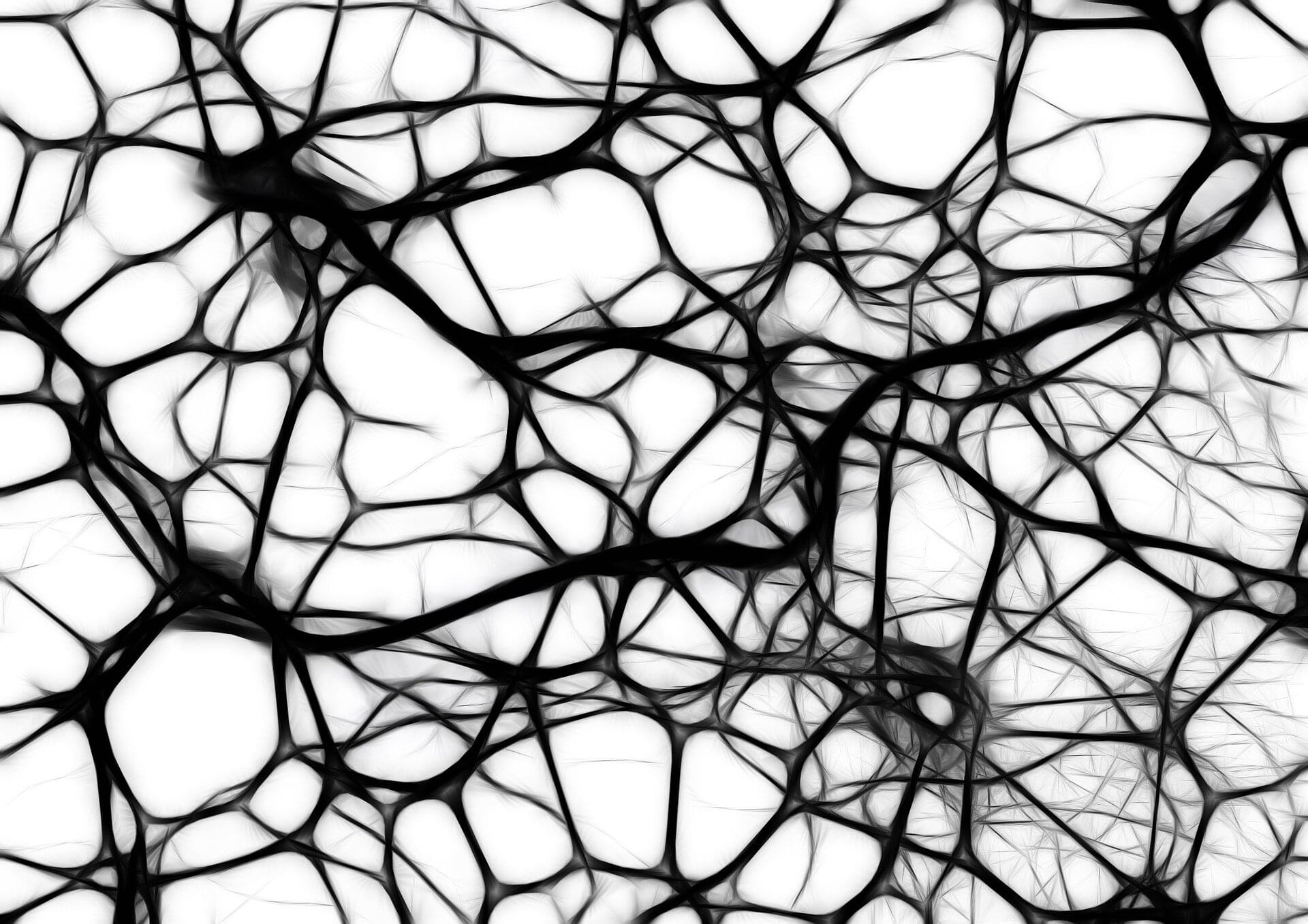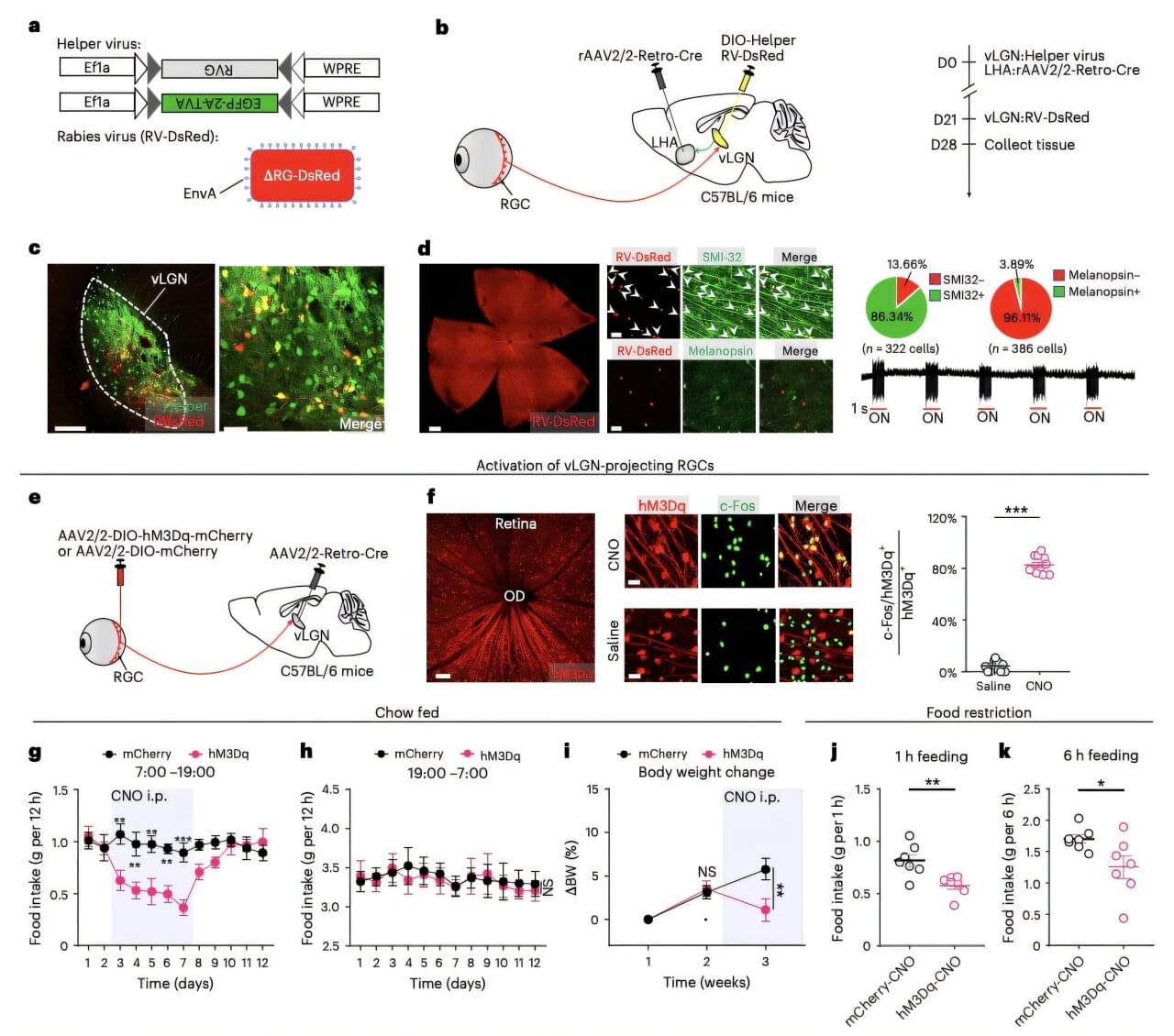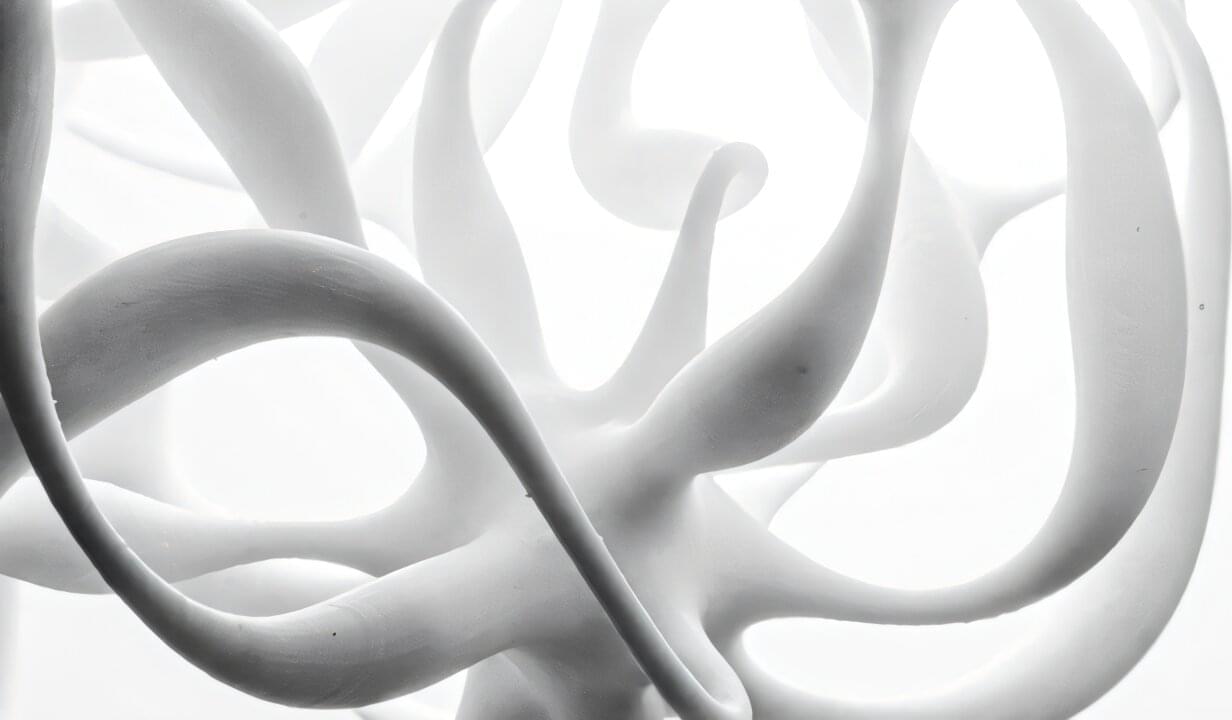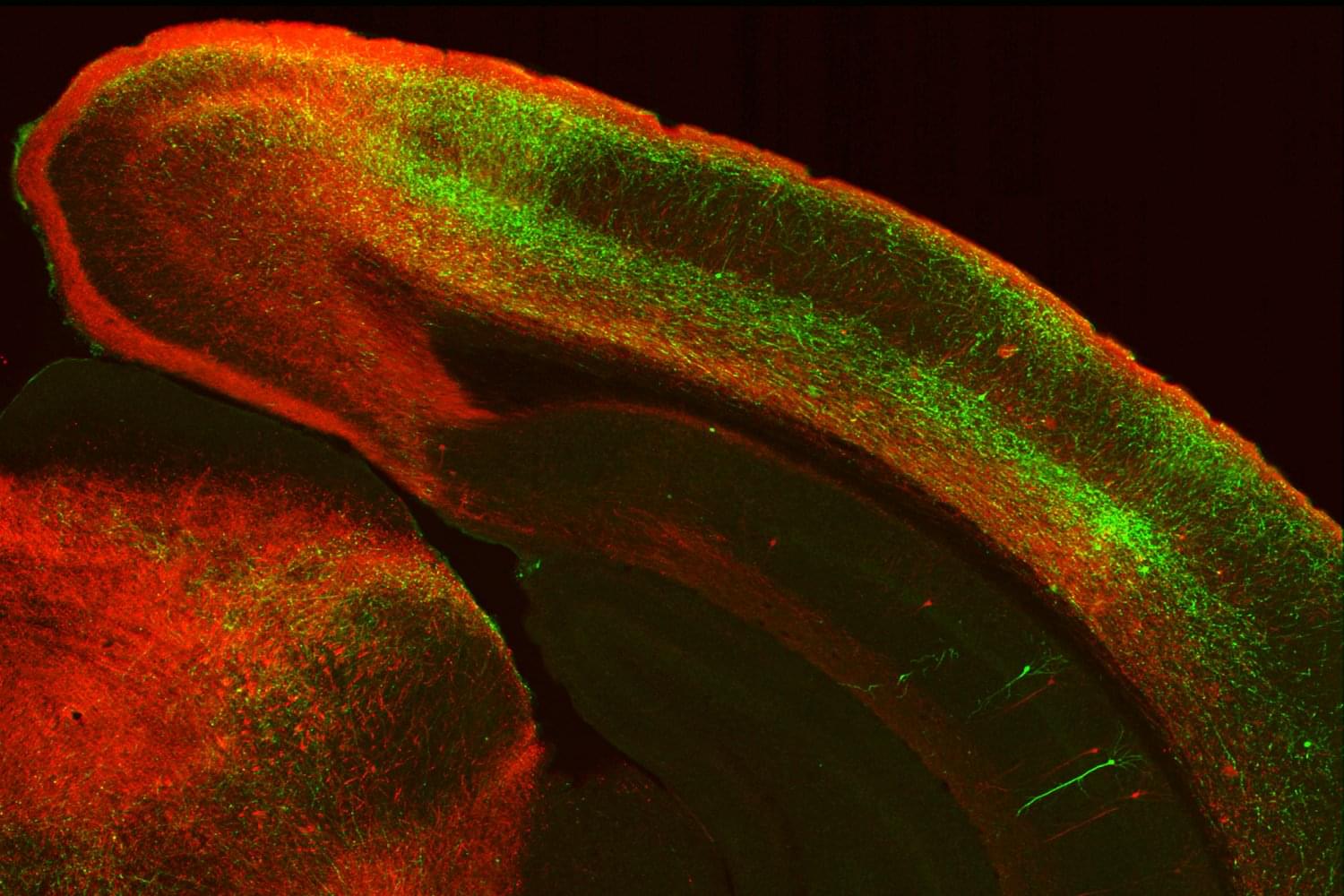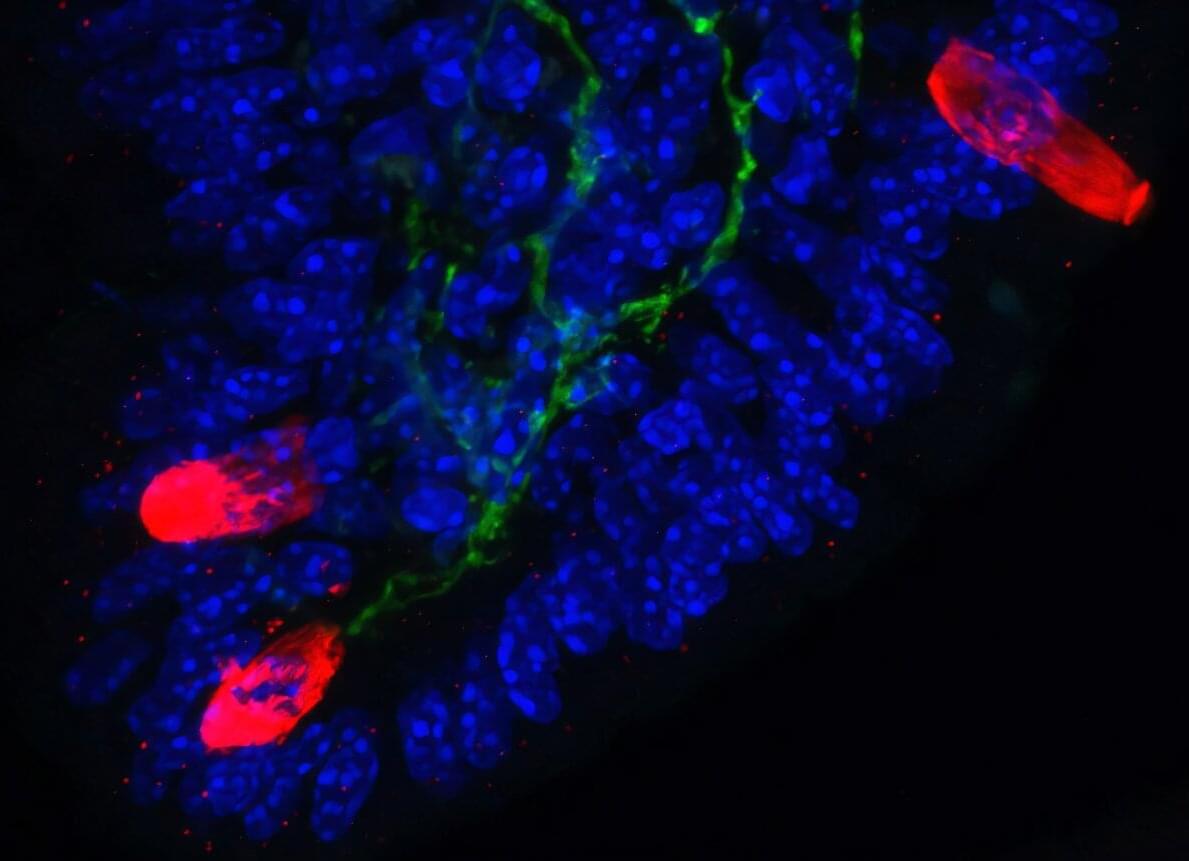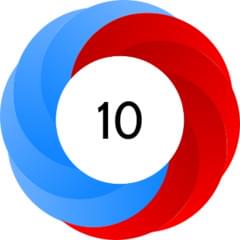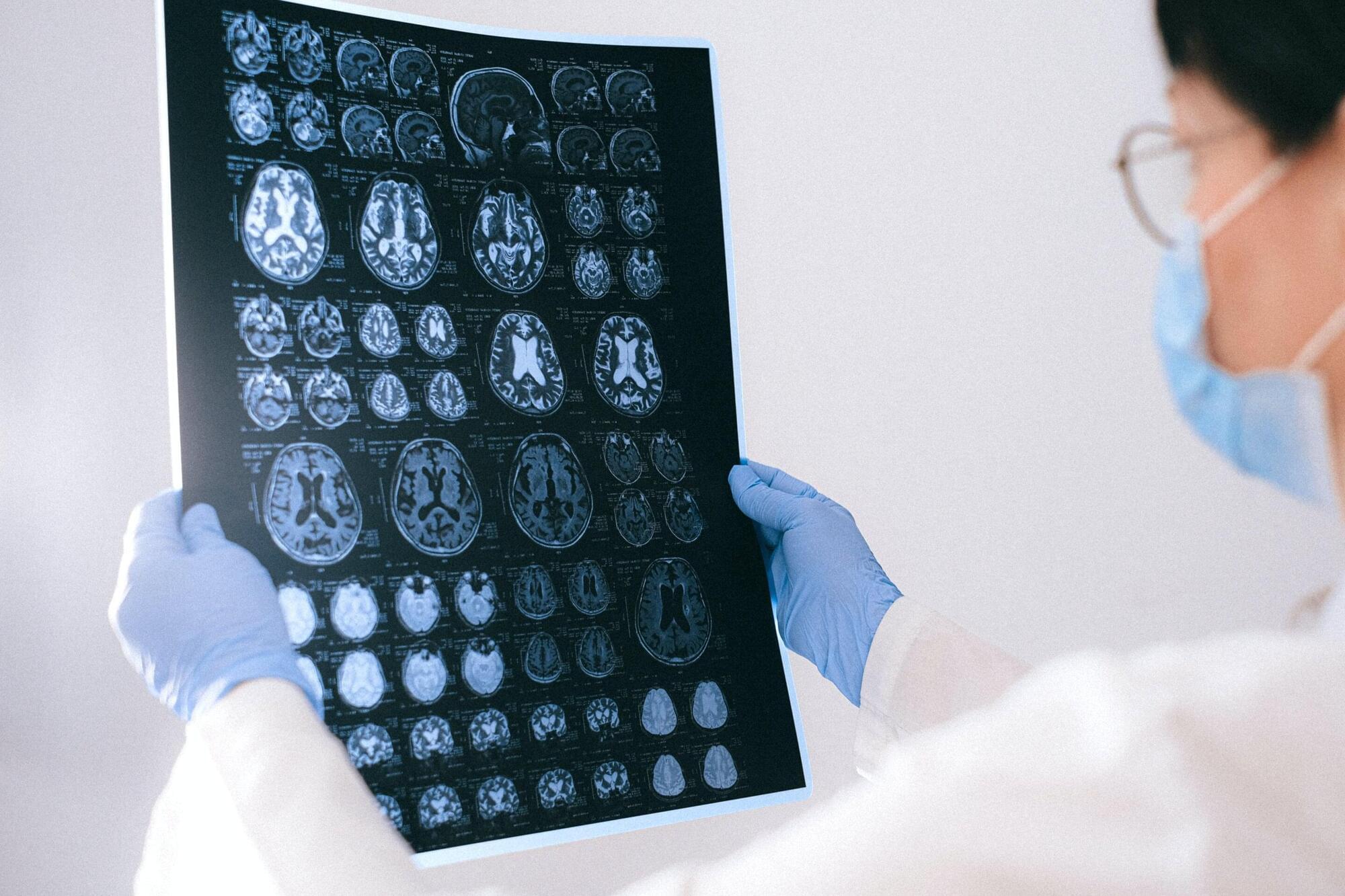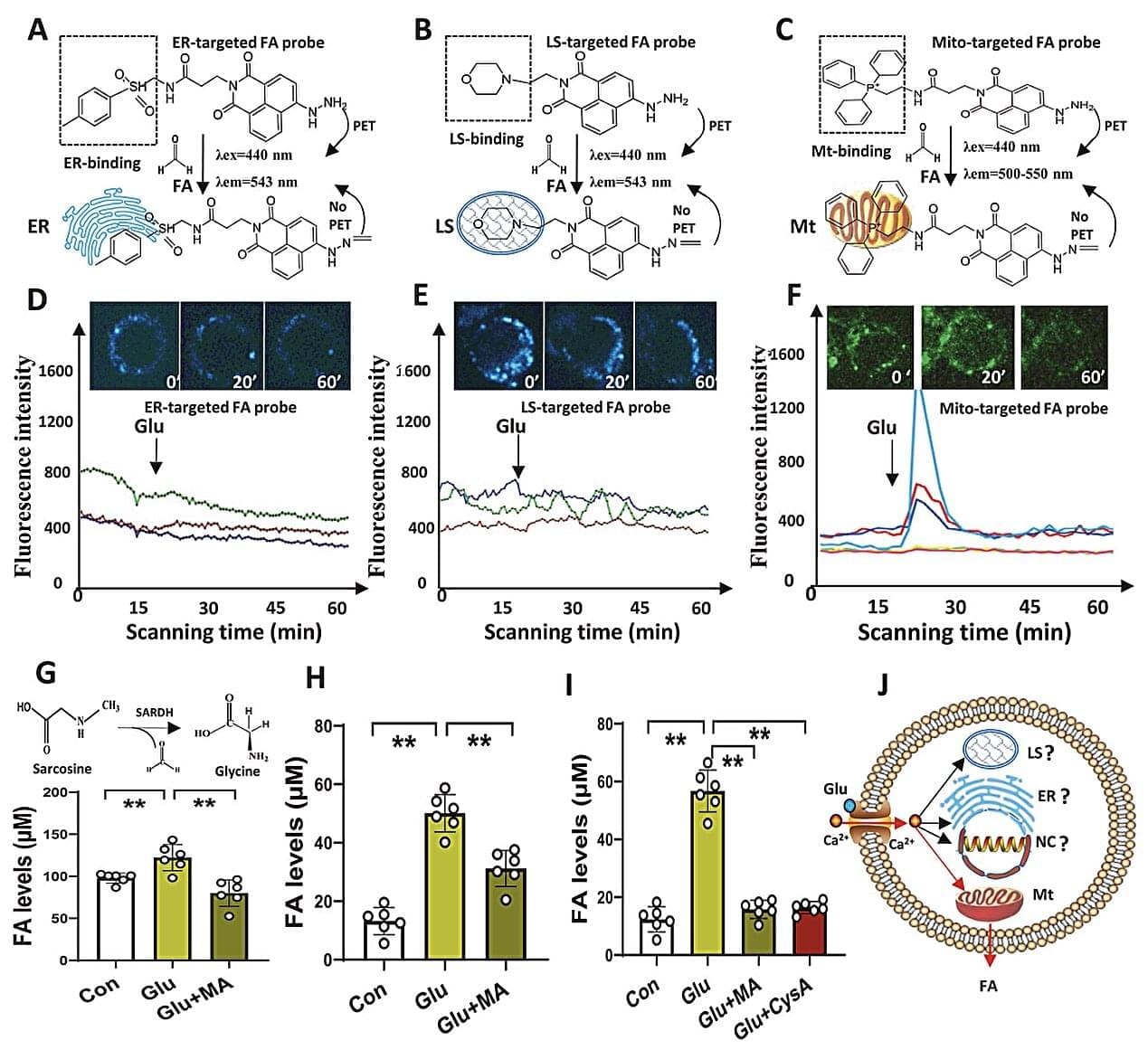Humans have the remarkable ability to remember the same person or object in completely different situations. We can easily distinguish between dinner with a friend and a business meeting with the same friend. “We already know that deep in the memory centers of the brain, specific cells, called concept neurons, respond to this friend, regardless of the environment in which he appears,” says Prof. Florian Mormann from the Clinic for Epileptology at the UKB, who is also a member of the Transdisciplinary Research Area (TRA) Life & Health at the University of Bonn.
However, the brain must be able to combine this content with the context in order to form a useful memory. In rodents, individual neurons often mix these two pieces of information. “We asked ourselves: Does the human brain function fundamentally differently here? Does it map content and context separately to enable a more flexible memory? And how do these separate pieces of information connect when we need to remember specific content according to context?” says Dr. Marcel Bausch, working group leader at the Department of Epileptology and member of TRA Life & Health at the University of Bonn.
